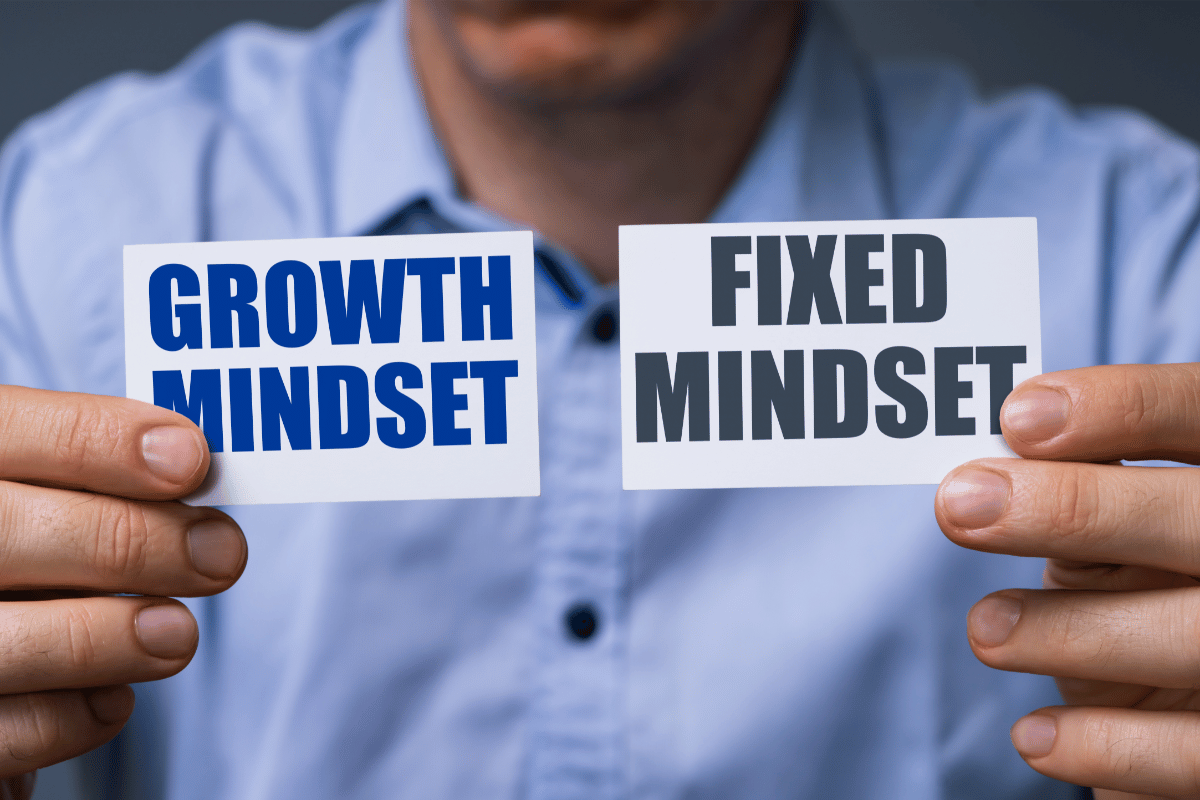How Do You Develop a Growth Mindset?
A growth mindset is the belief that abilities and intelligence can be developed through dedication, hard work, and learning from mistakes. This concept, popularized by psychologist Carol Dweck, contrasts with a fixed mindset, which holds that abilities are static and unchangeable. Developing a growth mindset can lead to greater success, resilience, and overall satisfaction in life. Here are several strategies to help you cultivate a growth mindset.
1. Recognize Fixed Mindset Traps
The first step in developing a growth mindset is to identify and acknowledge fixed mindset thoughts. These are beliefs that your abilities are innate and unchangeable. By recognizing these thoughts, you can begin to challenge and change them. For example, instead of thinking, “I’m just not good at this,” try thinking, “I can improve with practice and effort”.
2. Embrace Challenges
People with a growth mindset see challenges as opportunities to learn and grow. Instead of avoiding difficult tasks, face them head-on. This shift in perspective can help you develop resilience and problem-solving skills. Remember, growth comes from stretching your abilities and stepping out of your comfort zone.
3. Learn from Criticism
Constructive feedback is a valuable tool for growth. Instead of viewing criticism as a personal attack, see it as an opportunity to improve. Seek out feedback from others and use it to identify areas for development. This approach can help you refine your skills and strategies.
4. Cultivate a Love for Learning
A key aspect of a growth mindset is a passion for learning. Stay curious and open to new experiences. Whether it’s reading books, taking courses, or exploring new hobbies, continuous learning can help you develop new skills and knowledge.
5. Practice Self-Reflection
Regular self-reflection allows you to assess your progress and identify areas for improvement. Take time to reflect on your experiences, challenges, and achievements. This practice can help you stay focused on your growth journey and make necessary adjustments.
6. Reframe Failures as Learning Opportunities
People with a growth mindset view failures as stepping stones to success. Instead of getting discouraged by setbacks, analyze what went wrong and how you can improve. This mindset helps you learn from your mistakes and become more resilient.
7. Set Realistic Goals
Setting specific, achievable goals can help you stay motivated and focused on your growth. Break down larger goals into smaller, manageable steps. This approach makes it easier to track your progress and celebrate small wins along the way.
8. Surround Yourself with Growth-Minded People
The people you surround yourself with can significantly influence your mindset. Seek out individuals who have a growth mindset and can provide support, encouragement, and constructive feedback. Being part of a growth-minded community can inspire and motivate you to keep pushing forward.
9. Value Effort Over Talent
Recognize that effort is the key to growth and success. Instead of focusing on innate talent, emphasize the importance of hard work, perseverance, and dedication. This mindset encourages you to keep trying, even when progress seems slow.
10. Celebrate Others’ Successes
Instead of feeling threatened by others’ achievements, use them as inspiration. Learn from their successes and consider how you can apply similar strategies to your own goals. This approach fosters a positive and collaborative environment.
11. Stay Persistent
Persistence is crucial for developing a growth mindset. When faced with challenges, keep going and don’t give up. Understand that worthwhile achievements require time and effort. Embrace the journey and stay committed to your growth.
12. Practice Positive Self-Talk
Your inner dialogue can significantly impact your mindset. Replace negative self-talk with positive affirmations. For example, instead of saying, “I can’t do this,” say, “I can’t do this yet, but I will improve with practice.” This shift in language can boost your confidence and motivation.
Conclusion
Developing a growth mindset is a continuous journey that requires effort, self-reflection, and a willingness to embrace challenges. By implementing these strategies, you can cultivate a mindset that fosters learning, resilience, and personal growth. Remember, the key to a growth mindset is believing in your ability to improve and taking proactive steps to achieve your goals.


